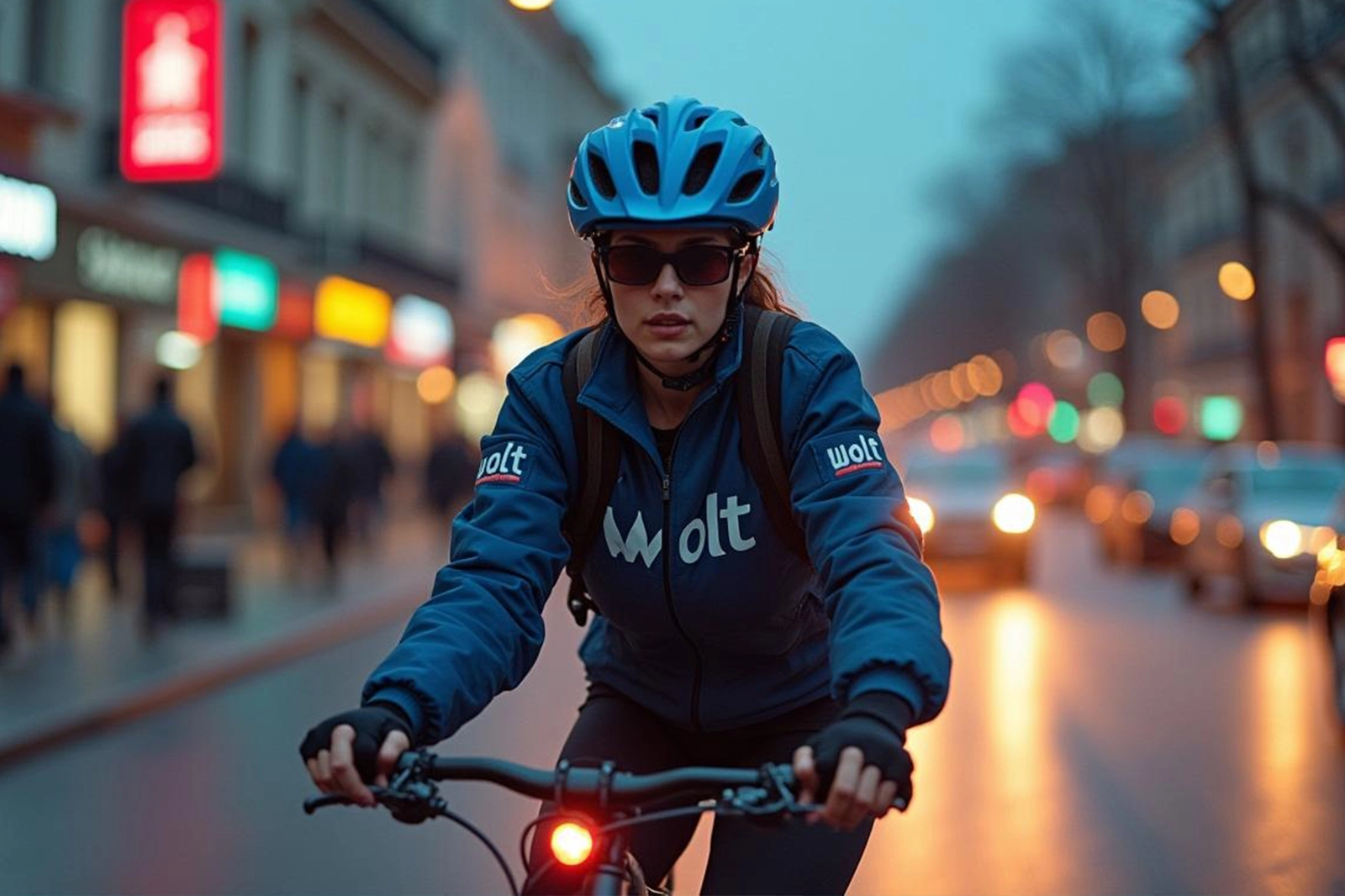
The Courier Job as a Rising Trend: Tips for Becoming One of the Best
From flexible working hours to the opportunity for quick earnings, courier jobs are increasingly attracting people worldwide. How do you stand out in the crowd and become a top courier?
Introduction
The global expansion of food, grocery, and package delivery has made courier work one of the most sought-after forms of supplemental or primary income. Platforms like Wolt, Glovo, and others offer flexible schedules and relatively fast payouts, appealing to a wide range of individuals—from students to those looking for a stable revenue stream.
Why Has Courier Work Become So Popular?
- Flexible Working Hours: You can work whenever it suits you—ideal for those with other commitments (jobs, college, family).
- Relatively Low Entry Barrier: All you generally need are proof of identity, a vehicle (bike, motorbike, or car), and an account on the delivery platform.
- Quick Earnings and Tips: Along with a guaranteed delivery fee, couriers often receive tips from satisfied customers.
- Additional Benefits: Some platforms offer bonuses for completing a certain number of deliveries, working during peak hours, or referring new couriers.
Who Is This Job Meant For?
- Students: Easily balance classes and work while earning extra money.
- Freelancers/Part-Timers: Ideal for those who want an on-call job and personal freedom.
- People in Transition: While looking for another job or settling into a new city/country, delivery can be a quick way to earn.
- Long-Term Opportunities: Some couriers learn how to optimize their work, build a base of regular customers (e.g., offices that frequently order), and turn it into a solid business.
Respect Traffic Regulations
- SpeedLimit: Don’t exceed the speed limit, even if you’re in a rush to meet delivery deadlines.
- Check Your Blind Spots: This is especially important for two-wheel riders, who often ride between lanes of cars.
Keep a Safe Distance
- Anticipate Movements: Always leave enough space to brake suddenly or maneuver around unexpected obstacles.
- No Phone Handling: If you use a navigation app, set up your route before you start moving or use a phone mount. Never text while driving.
Be Aware of Vulnerable Road Users
- Adjust Your Speed: E-bikes can go faster than traditional bicycles, so be cautious, especially in pedestrian zones.
- Use Bike Lanes: Whenever possible, stay in designated bike lanes to reduce the risk of collisions with cars.
Motorcycles and Scooters
- Predict Situations: Car drivers may not see you, especially when you overtake.
- Lane Splitting: If permitted, do it slowly and carefully.
Cars
- Seat Belt: Always wear it, even for short trips.
- Parking and Delivery: Park responsibly. Avoid pedestrian crossings or bike lanes when stopping to make deliveries.
How to Avoid Stress and Traffic Jams
- Plan Your Route: Check current traffic conditions before leaving. Use apps that show congestion and possible detours.
- Pick the Right Time: If your platform allows, work when traffic is lighter (early morning or late evening).
- Mental Well-Being: Take short breaks or do some stretches when stress builds up. Stay hydrated and maintain regular meals.
How to Avoid Stress and Traffic Jams
Special Tips for Different Vehicles
Bicycles and E-Bikes
- Adjust Your Speed: E-bikes can go faster than traditional bicycles, so be cautious, especially in pedestrian zones.
- Use Bike Lanes: Whenever possible, stay in designated bike lanes to reduce the risk of collisions with cars.
Motorcycles and Scooters
- Predict Situations: Car drivers may not see you,especially when you overtake.
- Lane Splitting: If permitted, do it slowly and carefully.
Motorcycles and Scooters
- Predict Situations: Car drivers may not see you,especially when you overtake.
- Lane Splitting: If permitted, do it slowly and carefully.
Common Mistakes to Avoid
- Poor Vehicle Maintenance: Worn tires or faulty brakes greatly increase accident risk.
- Using Your Phone While Driving: It’s not only illegal but severely impairs concentration.
- Skipping Safety Gear: Many injuries can be prevented simply by wearing a helmet and reflective items.
- Overconfidence: Even experienced drivers need to respect rules and anticipate other road users’ actions.
Conclusion
Courier safety is not just an individual responsibility it’s also part of professional conduct. By investing in proper equipment,maintaining your vehicle, and obeying traffic regulations, you can significantly reduce the chance of accidents. This leads to a more efficient, worry-free work environment and greater satisfaction for customers who appreciate safe deliveries.
If you’re starting out as a courier or looking to improve, follow these tips and always put safety ahead of speed. At the end of the day, your life and health and the well-being of others—matter far more thana few extra minutes or deliveries. Ride safely!




